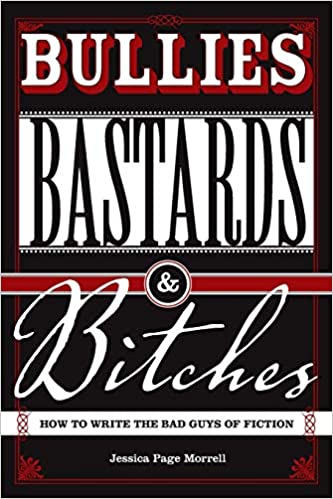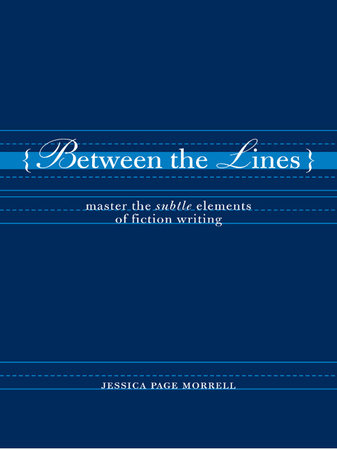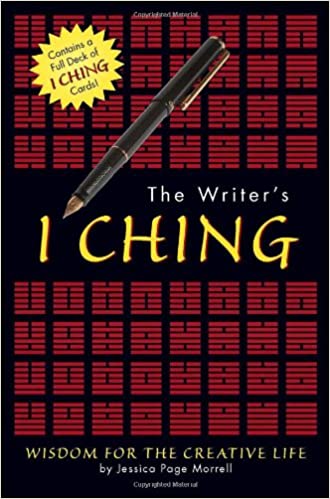 You cannot write words without learning the alphabet, you cannot write sentences without words. And you cannot write fiction or memoir without scenes. Scenes are the building blocks of fiction and memoir where you stage drama in a continuous unit of action taking place in one location, depicting characters up close. Scenes are built from a goal and then the conflict which arises when that goal is opposed. Scenes always have an outcome– a win, lose or draw– and portray some form of change in the story, and if possible, emotional reversal. Scenes also drive the story forward, dramatize events and conflicts, provide context for the unfolding drama, and information and characterization.
You cannot write words without learning the alphabet, you cannot write sentences without words. And you cannot write fiction or memoir without scenes. Scenes are the building blocks of fiction and memoir where you stage drama in a continuous unit of action taking place in one location, depicting characters up close. Scenes are built from a goal and then the conflict which arises when that goal is opposed. Scenes always have an outcome– a win, lose or draw– and portray some form of change in the story, and if possible, emotional reversal. Scenes also drive the story forward, dramatize events and conflicts, provide context for the unfolding drama, and information and characterization.
 Components of Scenes:
Components of Scenes:
All scenes will contain some combination of the following elements. Not every element will appear in every scene, but most scenes will feature most of these elements.
Action: Something happens to someone and often the protagonist takes charge of events.
Character: Scenes involve people in action and although most scenes involve more than one character, occasionally scenes can depict one character alone up against some obstacle, and sometimes a nonhuman obstacle as in The Old Man and the Sea.
Conflict: Struggle, opposition, two characters wanting the same thing, an antagonist trying to stop the protagonist from achieving a goal, a character trying to enter a place he’s been warned from, a character trying to avoid a confrontation and failing, etc.
Description: All scenes need physicality and visual elements. Where are your characters? What does the place look/feel like? Description should be concrete, specific.
Dialogue: People interacting with each other by speaking or arguing. Dialogue is not a copy of real speech, rather it is tighter and more intense, usually contains conflict or tension, subtext, and some sort of power exchange.
Dialogue tags: The ‘he said, she said’ that attributes words to specific characters.
Exposition: Information and data that is strictly necessary for understanding some aspect of the story and scene, written so that it doesn’t sound like a report.
Gestures, movements: Characters don’t merely stand still, blank faced. They react, twitch, move about the room, run from a pursuer, and wash the dishes because they’re too nervous to talk while motionless. Gestures and movements add the visual elements, subtext, and emotions necessary to make the scene realistic and potent.
Goal: The goal and the difficulty in achieving it is the engine of every scene. In every scene a character, usually the protagonist, wants something. A goal is immediate and the reader witnesses the character acting to achieve that goal. In every scene something or someone will oppose this goal and the results will be a win, lose or draw. The protagonist can want to acquire an object or result, want to escape or relief from some force, desire revenge, search for information or answers, uncover a secret, ask for something, etc.
Inner dialogue: Scenes can also include inner dialogue or character thoughts as a character muses or considers things in the story or actions in the scene. In general, keep inner thoughts to a minimum and employ a variety of methods to reveal characters.
Intimate detail: Intimate detail, told through all the senses makes your scene seem real.
Point of view: Scenes are filtered through a specific viewpoint. In first person the protagonist is relating events; with a limited third person you are within the thoughts of one character; while an omniscient narrator can roam and express many characters’ thoughts and a large view of the world.
Setting: The specific location where the action unfolds.
Subtext: The river of emotions that runs beneath the spoken words or actions, but are not spoken out loud.
Transition: Words that indicate that the story has moved on from the previous scene or is passing into the next scene.
 Questions to evaluate your scenes:
Questions to evaluate your scenes:
Does the scene make the reader worry?
What does the protagonist want in the scene?
Does my character have choices or decisions to make at this point?
Have I surprised the reader somehow, and if so, does the surprise work or is it contrived or melodramatic?
Are there visual details in the scene?
Do my sensory details stir the reader’s emotions?
Is there enough at stake in this scene?
Have the conflicts/obstacles/motivations in the story grown in complexity or evolved in unexpected ways?





Leave a Reply